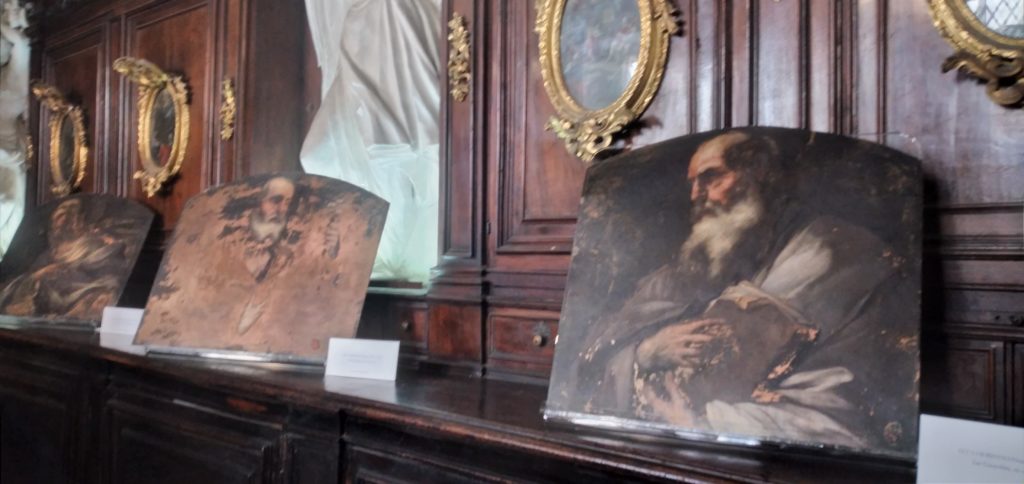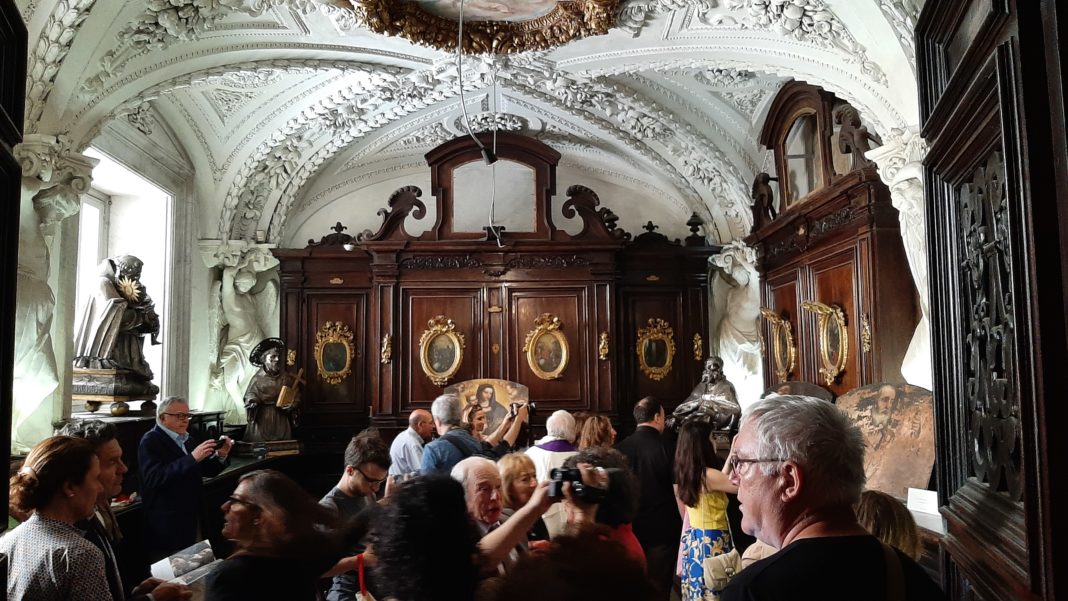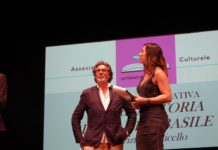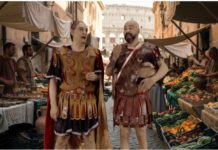Possedere un tesoro è importante. Ancora di più, saperlo valorizzare, con la consapevolezza che appartiene a Napoli, ne è memoria artistica, nonché prezioso archivio d’identità. In questa direzione cammina la deputazione della Real Cappella del tesoro di San Gennaro che da 500 anni è custode, in rappresentanza della città, del culto e del tesoro del Santo patrono.
L’esposizione che aprirà domani al pubblico, mercoledì 7 giugno, presentata stamattina in conferenza stampa, è esempio di una strategia improntata sulla cura e rientra nel progetto Mostre minime: minime non per importanza, certamente, ma perché ciascuna iniziativa rappresenta un focus su alcune opere.

Dopo Tesori mai visti che ha inaugurato questo ciclo nell’autunno 2022, ecco “Il restauro dei rami per la nova Sacristia” che mette in luce quattro capolavori firmati da Luca Giordano.
A volte il caso guida le coincidenze. Quali, le descrive la nuova direttrice del Museo del Tesoro di San Gennaro, Francesca Ummarino nel piccolo e curatissimo catalogo che accompagna il breve percorso espositivo: «Una mattina di settembre dello scorso anno, arrivata al Museo, trovai un gran fermento nella sacrestia intitolata a Luca Giordano: una delle strutture di sostegno delle opere del grande artista napoletano aveva ceduto, per fortuna, senza recare danni alla pittura su rame». Le opere vengono messe in sicurezza, la Deputazione organizza e sostiene il restauro, i 4 dipinti riabbracciano la loro antica bellezza.
Ed ecco l’idea lanciata da Luciana De Maria, responsabile del settore cultura della Cappella. Perché non condividere questa rinascita dei colori con visitatrici e visitatori? Uno spunto raccolto dalla curatrice scientifica Laura Giusti che congiunge nella sua lunga carriera di storica dell’arte l’esperienza alla soprintendenza con la responsabilità di curare scientificamente per conto della deputazione l’arte cittadina e la capacità d’interpretare la gestione del museo da parte dell’azienda D’Uva che utilizza la tecnologia per raccontare emozioni.
Le opere restituite al loro splendore, di cui nel catalogo si vede la condizione di prima e il risultato del loro ripristino, sono quattro: Madonna della Purità, San Giuseppe, Sant’Anna, San Gioacchino. Un’occasione anche per far emergere la documentazione contenuta nell’archivio della Cappella sulla Nova Sacristia e per approfondire lo studio dei dipinti.
Noto per la sua accelerata capacità di produrre, e per questo chiamato Luca fa presto, l’artista seicentesco sviluppò uno stretto legame con la deputazione tanto da realizzare opere pittoriche anche per un irrisorio rimborso spese. La scelta di dipingere sul rame fu determinata dall’obiettivo di ottenere superfici lucide e smaglianti.
Adesso questi capolavori che, secondo la composizione architettonica del luogo che li accolgono, sono collocati in cima agli armadi di legno forgiati da Giuseppe Lobrano, si troveranno a portata di sguardo fino al 23 luglio: l’intervento sulle opere è stata dettato dalla necessità di proteggerle e di ammirarle, senza però nessuna integrazione pittorica.
Un’ultima curiosità: sul retro della Madonna della Purità sono venute alla luce tracce di una precedente Crocifissione eseguita da anonimo, tra un cielo stellato, la luna e il sole.
San Gennaro/ Luca Giordano’s copper paintings reborn in the Chapel Sacristy. That close study of 4 masterpieces
Owning a treasure is important. Even more important is knowing how to enhance it, with the knowledge that it belongs to Naples, is its artistic memory, as well as a precious archive of identity. In this direction walks the deputation of the Royal Chapel of the Treasure of St. Gennaro, which for 500 years has been the custodian, representing the city, of the cult and treasure of the patron saint.
The exhibition that will open to the public tomorrow, Wednesday, June 7, presented this morning at a press conference, is an example of a strategy marked by care and is part of the project Minimum Exhibitions: minimal not in terms of importance, certainly, but because each initiative represents a focus on certain works.
After the exhibition Treasures never seen that inaugurated this cycle in fall 2022, here is “The restoration of the copper paintings for the Nova Sacristia,” which highlights four masterpieces by Luca Giordano.
Sometimes chance drives coincidences. Which ones, the new director of the Museum of the Treasure of St. Gennaro, Francesca Ummarino describes in the small and well-edited catalog that accompanies the short exhibition tour: “One morning in September last year, when I arrived at the Museum, I found a great turmoil in the sacristy named after Luca Giordano: one of the support structures for the works of the great Neapolitan artist had given way, fortunately, without causing any damage to the copper paintings. The works were secured, the Deputation organized and supported the restoration, and the 4 paintings regained their former beauty.
And here is the idea launched Luciana De Maria, head of the Chapel’s culture sector. Why not share this rebirth of colors with visitors? A cue picked up by scientific curator Laura Giusti, who combines in her long career as an art historian experience at the superintendency with the responsibility of scientifically curating city art on behalf of the Deputation and the ability to interpret the management of the museum by the D’Uva company that uses technology to tell emotions.
The works restored to their splendor, of which the catalog shows the condition before and the result of their restoration, are four: Madonna della Purità, St. Joseph, St. Anne, and St. Joachim. An opportunity also to bring out the documentation contained in the Chapel’s archive on the Nova Sacristia and to deepen the study of the paintings.
Known for his accelerated ability to produce, and for this reason called Luca fa presto (“Luca does it quickly”), the seventeenth-century artist developed such close ties with the deputation that he produced pictorial works even for a meager reimbursement of expenses. The choice to paint on copper was determined by the goal of obtaining shiny, dazzling surfaces.
Now these masterpieces, which, according to the architectural composition of the place that houses them, are placed on top of wooden cabinets forged by Giuseppe Lobrano, will be within sight until July 23: the intervention on the works was dictated by the need to protect and admire them, but without any pictorial integration.
One last curiosity: on the back of the Madonna of Purity, traces of an earlier Crucifixion executed by an anonymous artist have come to light, amid a starry sky, moon and sun.










